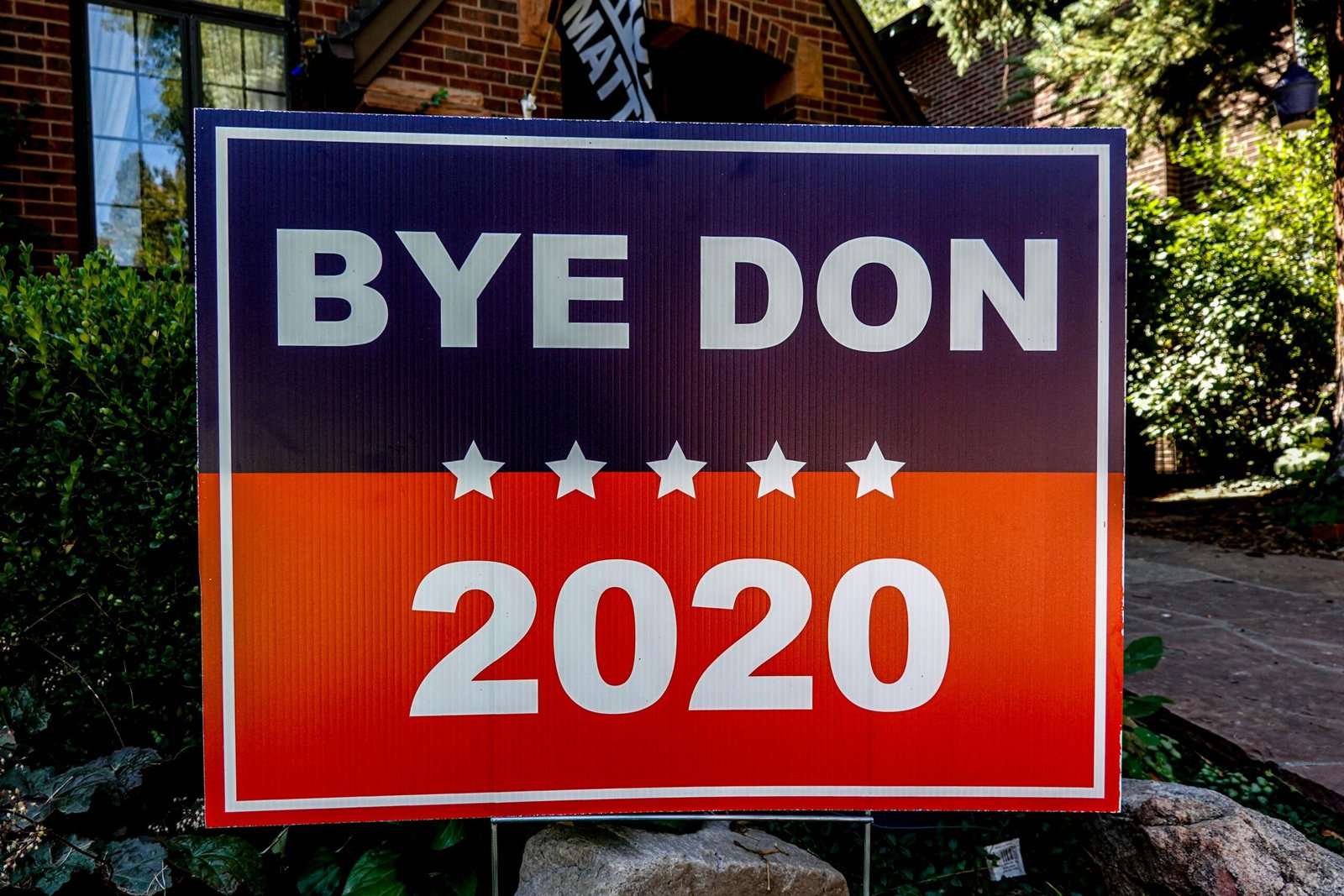Introduction to the 2024 US Elections
The 2024 US Elections promise to be a pivotal event in the nation’s political landscape, with implications that extend far beyond the country’s borders. Scheduled for November 5, 2024, the election will determine not only the next President of the United States but also numerous congressional seats and various local offices. With these decisions comes the potential for significant shifts in policy and governance, making this election one of the most consequential in recent history.
The significance of the 2024 elections cannot be overstated. In a time when political polarization is at an all-time high, the choices made by voters will reflect their preferences on a wide range of issues, from economic policy to healthcare reform, and from climate change to international relations. The outcomes will also provide a window into the nation’s collective mood and priorities as it confronts both longstanding and emerging challenges.
Leading up to the 2024 elections, the political climate remains intensely competitive. The results of previous elections, including the 2020 presidential race and the 2022 midterms, have set the stage for a highly charged political environment. The contest is expected to feature robust campaigns, strategic alliances, and vigorous voter mobilization efforts from both major parties. As such, the 2024 elections will likely see unprecedented engagement from a diverse electorate.
The impact of past elections also looms large. Lessons learned from previous cycles are informing campaign strategies, voter outreach, and policy platforms. The discourse surrounding the upcoming election is already marked by key issues that are shaping voter sentiment, such as economic inequality, healthcare access, climate change, and social justice. As candidates and parties prepare to make their case to the American people, understanding the stakes involved is crucial for all participants in the democratic process.
As we delve deeper into the various facets of the 2024 US Elections, the spotlight will be on how these elements come together to influence one of the most important democratic exercises in the world. The following sections will provide further insights into the candidates, campaigns, and key issues that will define this election cycle.
Key Candidates and Political Parties
The US Elections 2024 is set to be a pivotal moment in the country’s political landscape, with a diverse array of candidates vying for positions across the board. Among the front-runners are both incumbents and fresh faces, each bringing their unique political backgrounds and visions for the future.
Leading the pack for the Democratic Party is the incumbent President, whose administration has focused on issues such as healthcare reform, climate change, and economic recovery post-pandemic. The President’s primary challenger within the party is emerging as a progressive candidate advocating for more robust social welfare programs and aggressive climate action.
On the Republican side, key candidates include the former Vice President, who has been vocal about a return to traditional conservative values, coupled with a strong stance on national security and economic deregulation. Another prominent figure is a renowned business magnate turned politician, whose platform centers on economic revitalization and immigration reform.
Alongside these main contenders, third-party and independent candidates are also making waves. The Libertarian Party, with its emphasis on minimal government intervention and personal freedoms, is fielding a candidate with substantial support from young voters. Meanwhile, the Green Party continues to push environmental issues to the forefront, emphasizing renewable energy and sustainable development.
The major political parties themselves are undergoing significant transformations as they prepare for the 2024 elections. The Democratic Party, known for its historical advocacy of social justice and equality, is balancing a broad coalition of centrists and progressives, each pushing different strategic priorities. On the other hand, the Republican Party, traditionally aligned with fiscal conservatism and a strong national defense, is grappling with internal divisions between its establishment and populist wings.
Both parties face considerable challenges. The Democrats need to maintain party unity while advancing a cohesive agenda that resonates with the electorate. The Republicans are tasked with reconciling differing ideological factions to present a unified front against the incumbency. As the election draws nearer, these dynamics will play a critical role in shaping both the campaign strategies and the eventual outcome.
Major Issues and Policies in 2024
The 2024 US elections are poised to be a battleground for numerous pivotal issues and policies that hold considerable significance for the electorate. Foremost among these is the economy, which remains a perennial concern. Both major parties have articulated their contrasting visions, with some candidates advocating for expansive fiscal policies aimed at boosting infrastructure and social services, while others emphasize austerity and tax cuts as means to stimulate economic growth. Job creation, inflation control, and the national debt will be scrutinized under varying ideological lenses, impacting distinct segments of the population.
Healthcare continues to dominate public discourse, with debates revolving around the accessibility and affordability of medical services. Democrats tend to support an expansion of the Affordable Care Act, advocating for policies that seek to provide universal coverage. Conversely, Republicans typically argue for deregulation and competition within the healthcare sector to foster innovation and reduce costs. This stark divide presents voters with very different pathways regarding the future of their health care system.
Climate change has emerged as an increasingly crucial issue. Progressive candidates are pushing for aggressive measures, such as the Green New Deal, aiming for rapid decarbonization and large-scale renewable energy projects. On the flip side, conservative figures often prioritize economic stability and energy independence, proposing more moderate approaches to environmental regulations. The varied stances are likely to define America’s environmental policy for years to come.
Immigration policy remains a deeply entrenched and polarizing subject. Proponents of more open borders argue for comprehensive immigration reform that includes pathways to citizenship and humane treatment of migrants. Opposing viewpoints advocate for stricter immigration controls, emphasizing national security and the economic impact of unregulated immigration. These conflicting ideologies reflect broader cultural and socioeconomic concerns.
National security is also at the forefront, with issues ranging from military spending to cybersecurity. Both parties recognize the importance of protecting national interests but diverge on methods and priorities. While some candidates emphasize strengthening military capabilities and alliances, others propose reallocating resources towards cyberdefense and addressing non-traditional threats.
The 2024 election thus presents a complex tapestry of issues and proposed policies, with each major party and candidate offering distinct solutions that will significantly impact the future trajectory of the United States. These differing perspectives provide voters with critical choices that extend beyond individual platforms, shaping the nation’s overall direction.
Predictions and Potential Outcomes
As the 2024 US elections draw near, political analysts are meticulously scrutinizing trends and data to provide a window into possible election outcomes. Historical voting patterns, current polling data, and the socio-political climate play pivotal roles in shaping these predictions. Analysts forecast a highly competitive election as both major political parties vie for control of the White House, Congress, and significant state-level positions.
Polling data, frequently cited to gauge public sentiment, currently suggests a tight race. Key battleground states like Pennsylvania, Wisconsin, and Georgia are once again under the spotlight, with their electoral votes potentially swinging the final outcome. The polls show an electorate deeply divided on issues such as healthcare, immigration, and the economy, indicating that the candidates’ stances on these key issues will be critical in influencing voter turnout and preference.
Past election trends reveal that voter turnout could be higher, particularly among young and minority voters. These demographic groups have shown increasing political engagement and may significantly influence the results. The impact of recent legislative changes related to voting rights and access is also under close watch as it may alter traditional voter behavior patterns.
One plausible scenario is a continuation of the political status quo, with either the Democrats or Republicans retaining control, leading to policy continuity in domestic and international arenas. Alternatively, a major shift could occur, significantly altering policy direction, particularly in areas like climate change, international trade, and social justice.
The potential outcomes of the 2024 US elections are profound. Domestically, the elected administration’s approach to economic recovery, healthcare reform, and social policies will prominently shape the nation’s path forward. Internationally, changes in foreign policy could redefine the US’s role on the global stage, impacting diplomatic relations, trade agreements, and international cooperation on global challenges.
Therefore, the 2024 US elections not only hold the key to national leadership for the next four years but also set the trajectory for America’s long-term future, illustrating the extensive influence of this pivotal democratic process.

